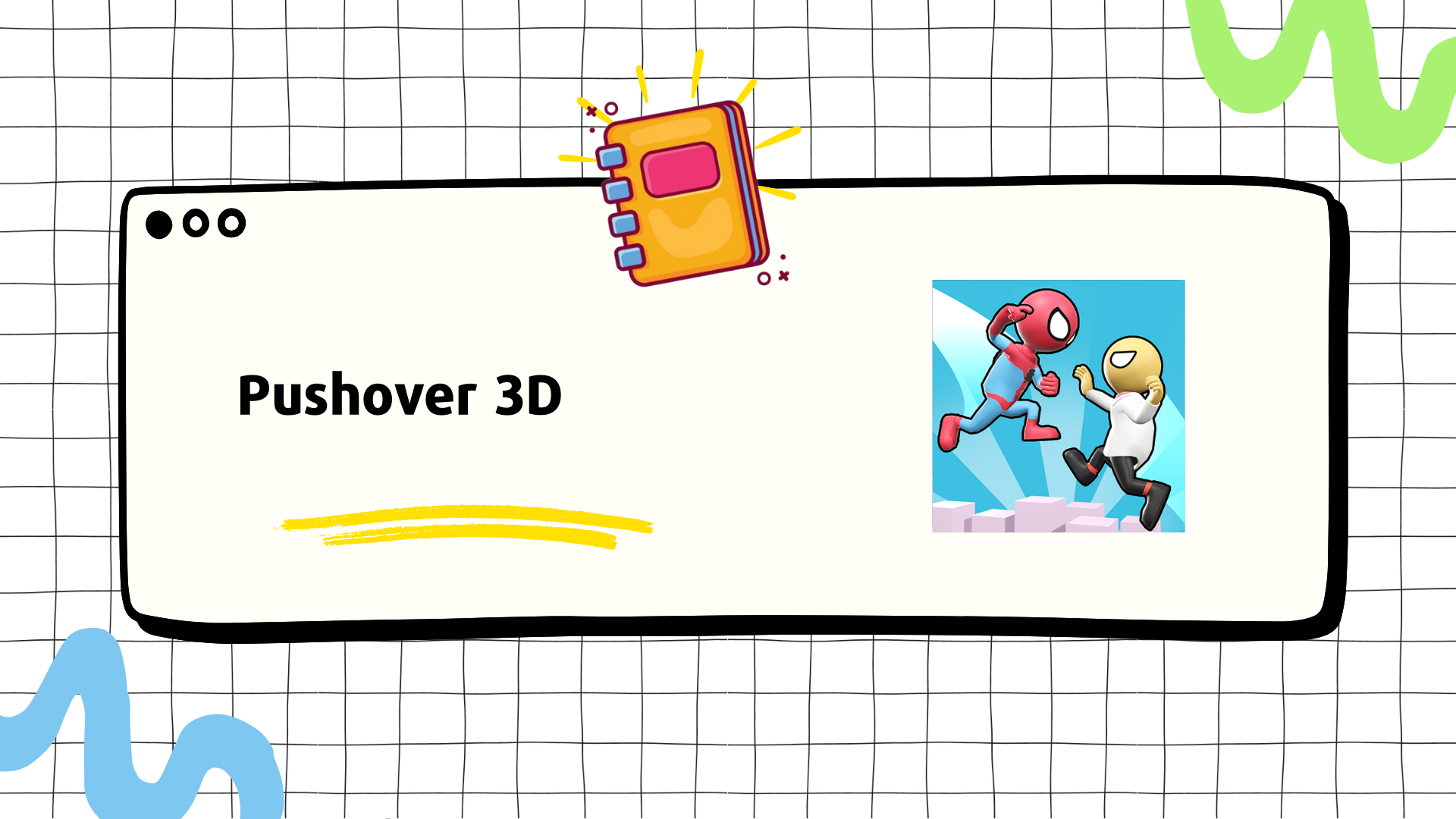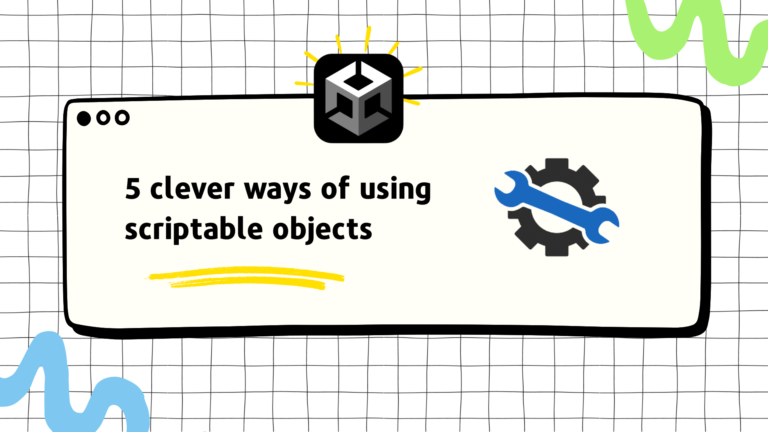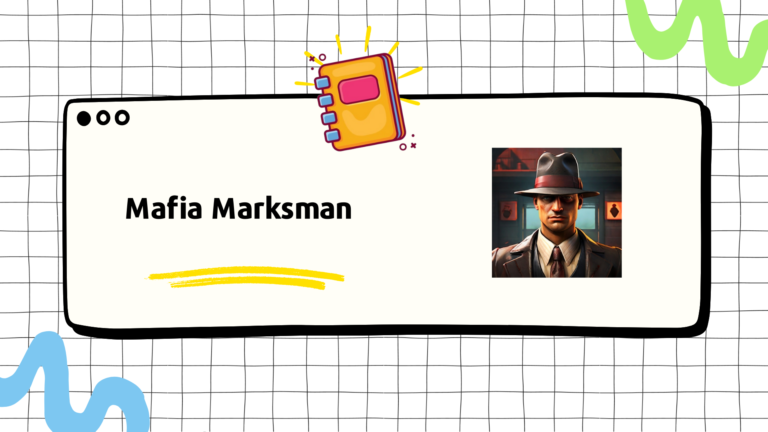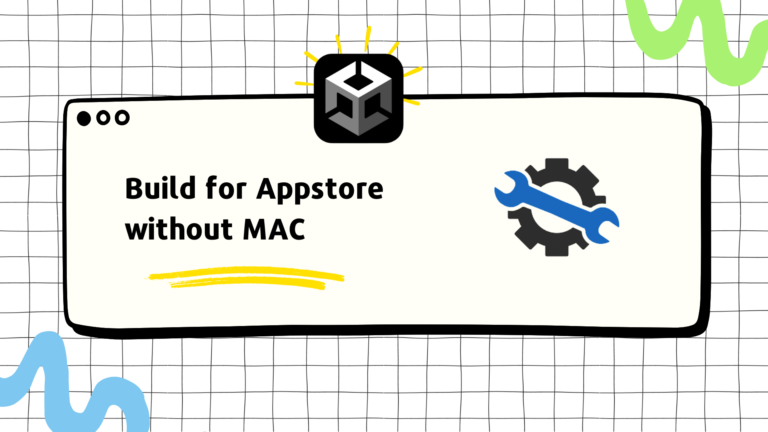I was the producer for a ragdoll-based PvE fighting game featuring simple controls. The idea and vision for the game originated from our programmer, and after discussing the overall plan, I trusted his direction and supported him by facilitating the process rather than micromanaging.
Development Approach and Project Management
I maintained open communication with stakeholders and ensured the project stayed on track. We shared builds at predefined milestones to align everyone’s expectations. I provided regular feedback on videos and builds to the programmer.
We organized our work in two-week sprints. Each sprint began with a meeting involving stakeholders and the team to discuss the scope and prioritize features. I managed a Trello board to track tasks and ensure we met our goals.
Overcoming Challenges and Testing
During development, I worked closely with the programmer to address performance issues. Regular code reviews were conducted to maintain overall project quality. We iteratively improved the game, arranging external playtesting through PlaytestCloud and conducting internal playtest meetings to gather feedback.
Results and Learnings
The game showed promising results in terms of playtime and retention during testing. However, we struggled to achieve long-term retention, which we attributed to limitations in the depth of the core gameplay.
In summary, the ragdoll PvE fighting game development was a collaborative effort that highlighted the importance of iterative testing and stakeholder communication. Despite improvements in playtime and initial retention, the game faced challenges in sustaining long-term engagement due to the core gameplay depth.





